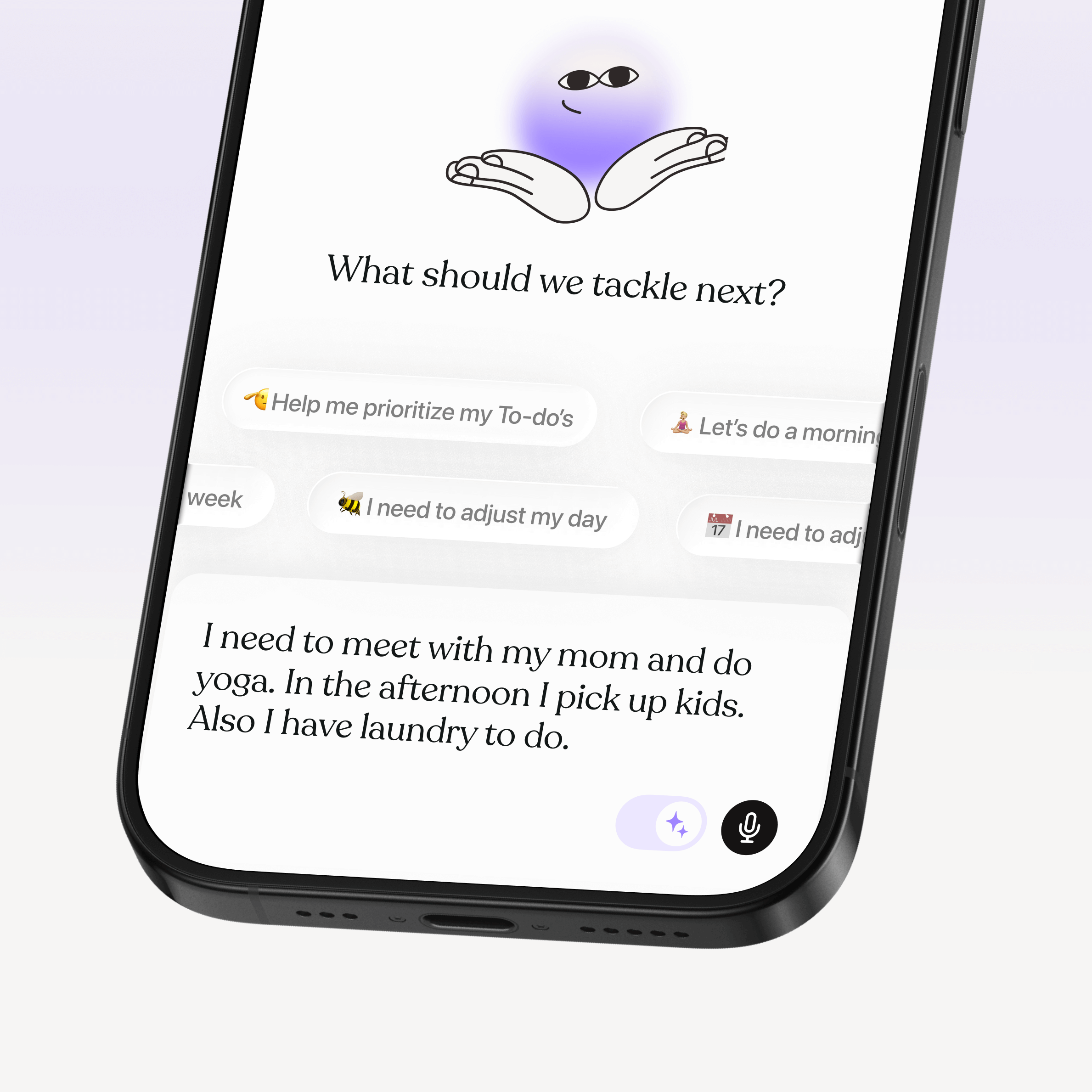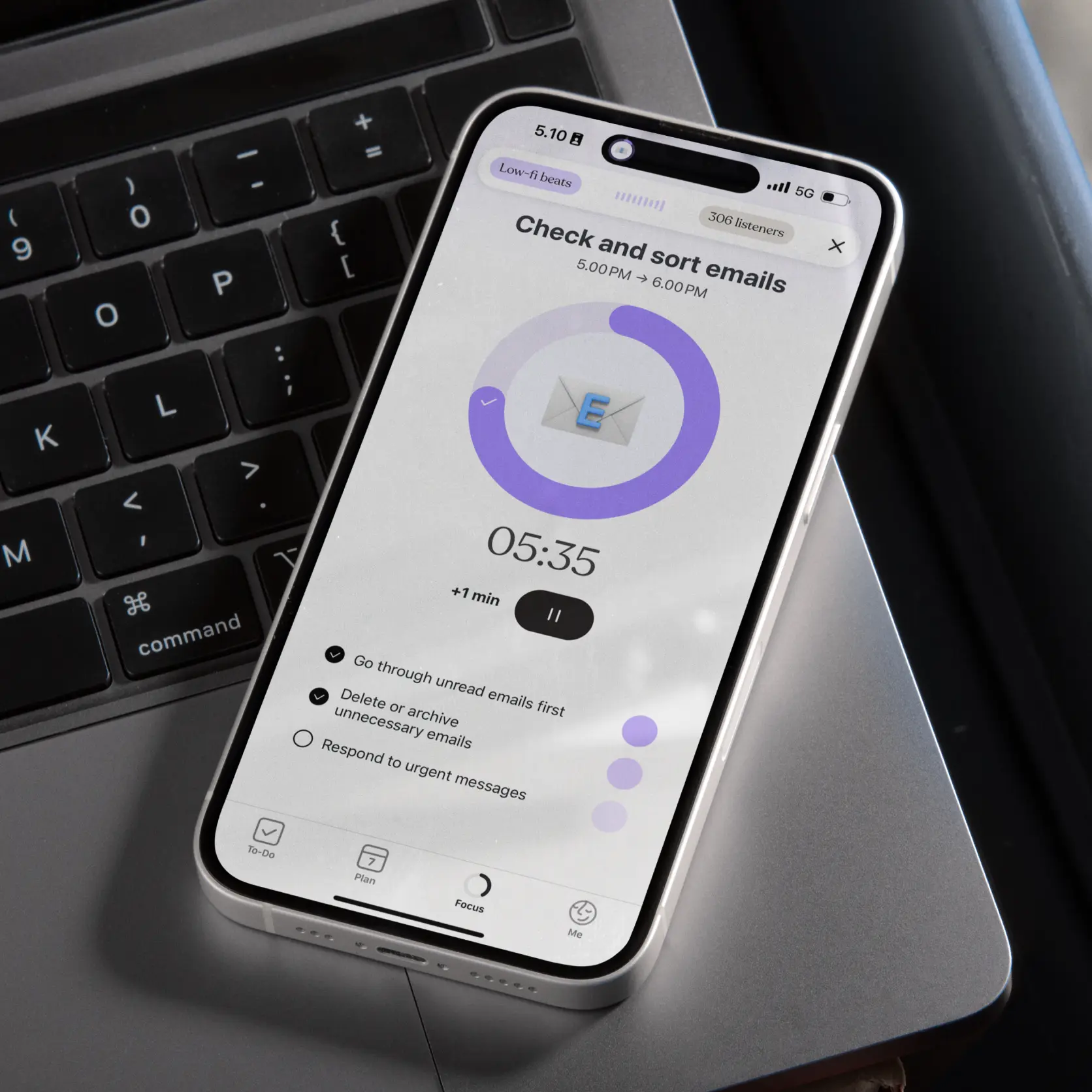Interoception is the sense that helps you recognize what is going on inside your body. It allows you to notice internal signals like hunger, thirst, temperature, pain, a full bladder, or a racing heart. Alongside the five more familiar senses, touch, sight, hearing, smell, and taste, interoception belongs to a larger group that also includes your sense of balance, known as the vestibular system, and your sense of body position, known as proprioception.
This internal sense plays a critical role in how we respond to our body’s needs and how we experience and regulate our emotions. According to Critchley and colleagues (2017), interoception involves the processing and representation of internal bodily signals, which are deeply connected to both physical well-being and emotional awareness.
Interoception and neurodivergence
While interoception challenges can affect anyone, they are especially common among neurodivergent people. Autistic folks, ADHD’ers, people with dyspraxia, and those with acquired neurodivergence such as PTSD often experience differences in how they register and interpret internal bodily signals. These differences are linked to sensory processing patterns, which vary from person to person based on the unique way their nervous system and brain interact.
Garfinkel et al. (2014) explain that the ability to recognize internal cues, such as a rising heart rate or shallow breathing, can influence how we understand emotions like fear or excitement. When interoception functions differently, these cues may be misinterpreted or missed entirely, affecting both physical health and emotional regulation.
Signs of interoception differences
Hyposensitivity (low sensitivity)
For some individuals, internal signals feel muted or hard to notice. This can mean missing early signs of hunger, thirst, or the need to use the bathroom, which may only become apparent when discomfort is already intense. People who are less sensitive to interoceptive cues might also struggle to detect fever, pain, or emotional stress until these experiences become overwhelming.
As described by Morin, this muted internal awareness can make it difficult to recognize emotional states. For instance, someone might not realize they are feeling fear because they are unaware of the physiological signs like muscle tension or a racing heart.
Hypersensitivity (high sensitivity)
In contrast, other individuals may experience internal sensations in an intense and overwhelming way. Everyday bodily processes such as digestion, heartbeats, or breathing can become distracting or even distressing. This heightened sensitivity can lead to anxiety, discomfort, and difficulties in concentrating or sleeping.
As noted by Price and Hooven (2018), heightened interoceptive sensitivity can also interfere with emotional regulation. When the body responds strongly to stress cues, it can create a feedback loop where minor physical changes escalate into a full emotional response, even in the absence of an external trigger.
Discrimination difficulties
Some people may not experience issues with the strength of internal signals but rather with identifying what those signals mean. This is often referred to as interoceptive discrimination difficulty. A person might feel that something is off inside their body but be unable to tell whether the sensation is related to hunger, illness, or anxiety. This confusion can affect decisions about self-care and emotional responses.
Dr. Megan Anna Neff describes this profile as a kind of internal sensory jumble where signals overlap and compete for attention, making it challenging to respond effectively to one’s own needs.
Why interoception matters for emotional regulation
Emotional awareness begins in the body. Before we consciously label a feeling as sadness, anger, or anxiety, our body is already reacting through changes in heart rate, breathing, muscle tension, or gut sensations. Interoception allows us to recognize those early physical cues and use them as signals to reflect, pause, or take action.
Barrett and colleagues (2007) highlight the strong connection between bodily awareness and emotional experience. When someone struggles to notice or interpret internal signals, it becomes harder to understand what they are feeling, why they are feeling it, and how to regulate those emotions in a helpful way.
Tools and support that can help
Differences in interoception are not problems to be fixed, but they can create barriers when left unsupported. Fortunately, there are ways to build interoceptive awareness and reduce the friction of daily life.









